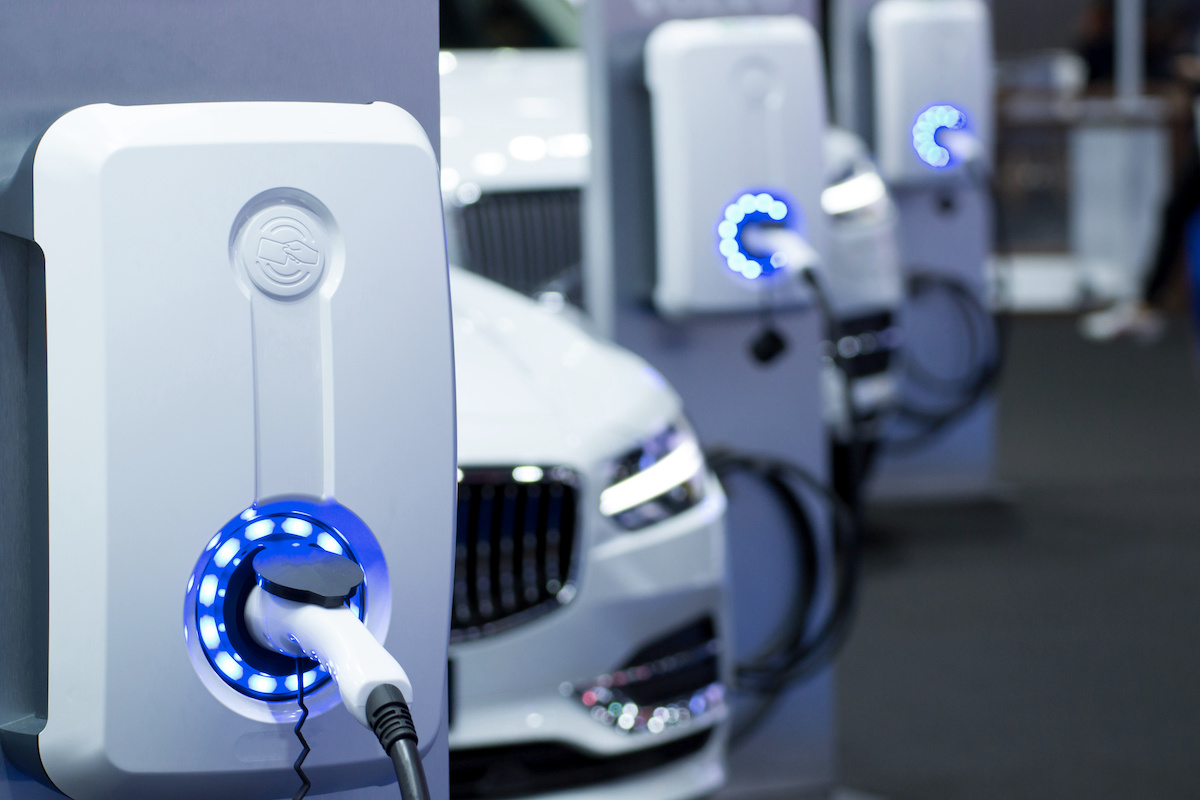
Once considered a premium choice, EVs are now closing the cost gap with petrol and diesel models. Industry data shows the upfront price difference between new EVs and their internal combustion engine (ICE) equivalents has fallen to under 20% (the lowest on record). Several models are now available below £20,000, with a wide range of mainstream fleet choices priced in the £28,000–£35,000 bracket.
Meanwhile, used EV values have stabilised, creating a predictable second-hand market and a solid base of buyers. For fleet operators, this marks a turning point: whole-life costs are now competitive without having to rely solely on environmental or tax benefits to justify the business case.
Government grants and funding schemes are proving crucial in accelerating adoption. The Electric Car Grant has prompted manufacturers to cut prices and introduce new models under £37,000, driving demand and ensuring greater affordability.
For fleets, the urgency is even greater. The Depot Charging Scheme (DCS) covers up to 75% of depot chargepoint installation costs (up to £1m per organisation), but applications close in November. Those who delay risk missing out on significant funding support. Further deadlines for workplace charging schemes are approaching in early 2026, meaning operators must act now to avoid higher costs later.
While prices are falling, charging availability remains the single biggest adoption trigger. Drivers without driveways or off-street parking still face a 'charging divide,' highlighting the need for expanded kerbside, workplace, and depot infrastructure. Businesses that invest in reliable, future-proof charging will gain a commercial advantage while also helping to close this accessibility gap.
Major businesses are already proving what’s possible. AkzoNobel, for example, is rolling out electric heavy goods vehicles (eHGVs) alongside a nationwide fleet powered by hydrotreated vegetable oil (HVO). In partnership with XPO Logistics, the initiative will cut annual fleet emissions by more than 50%, saving 3,000 tonnes of CO2, which is the equivalent of removing over 650 passenger cars from UK roads.
This dual approach demonstrates how fleets can balance urban electrification with nationwide decarbonisation, achieving immediate, measurable emissions reductions while preparing for a zero-emission future.
The UK EV market is no longer waiting for its tipping point. It's happening now. Falling prices, stabilising residuals, strong government support, and innovative fleet leadership are aligning to make electrification the logical choice.
For businesses, the opportunity is twofold: lower operating costs and stronger sustainability credentials. But timing is critical. Those who act decisively today by securing funding, upgrading infrastructure, and modernising fleets, will not only stay compliant but also gain a competitive edge in tomorrow’s low-carbon economy.
The transition to electric isn’t a future challenge anymore. It’s today’s business opportunity.
